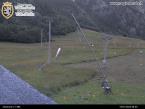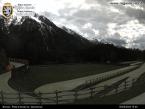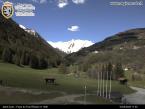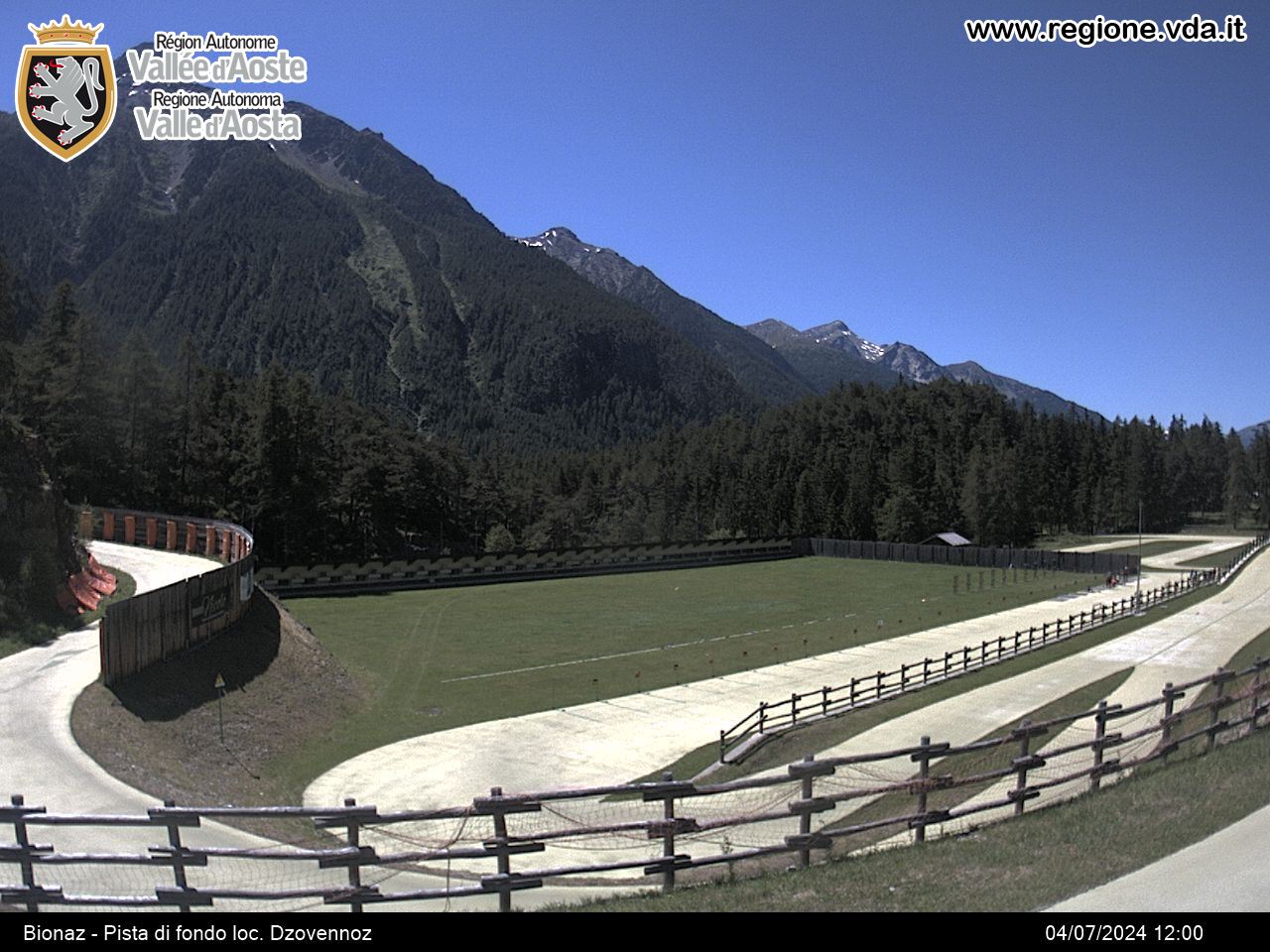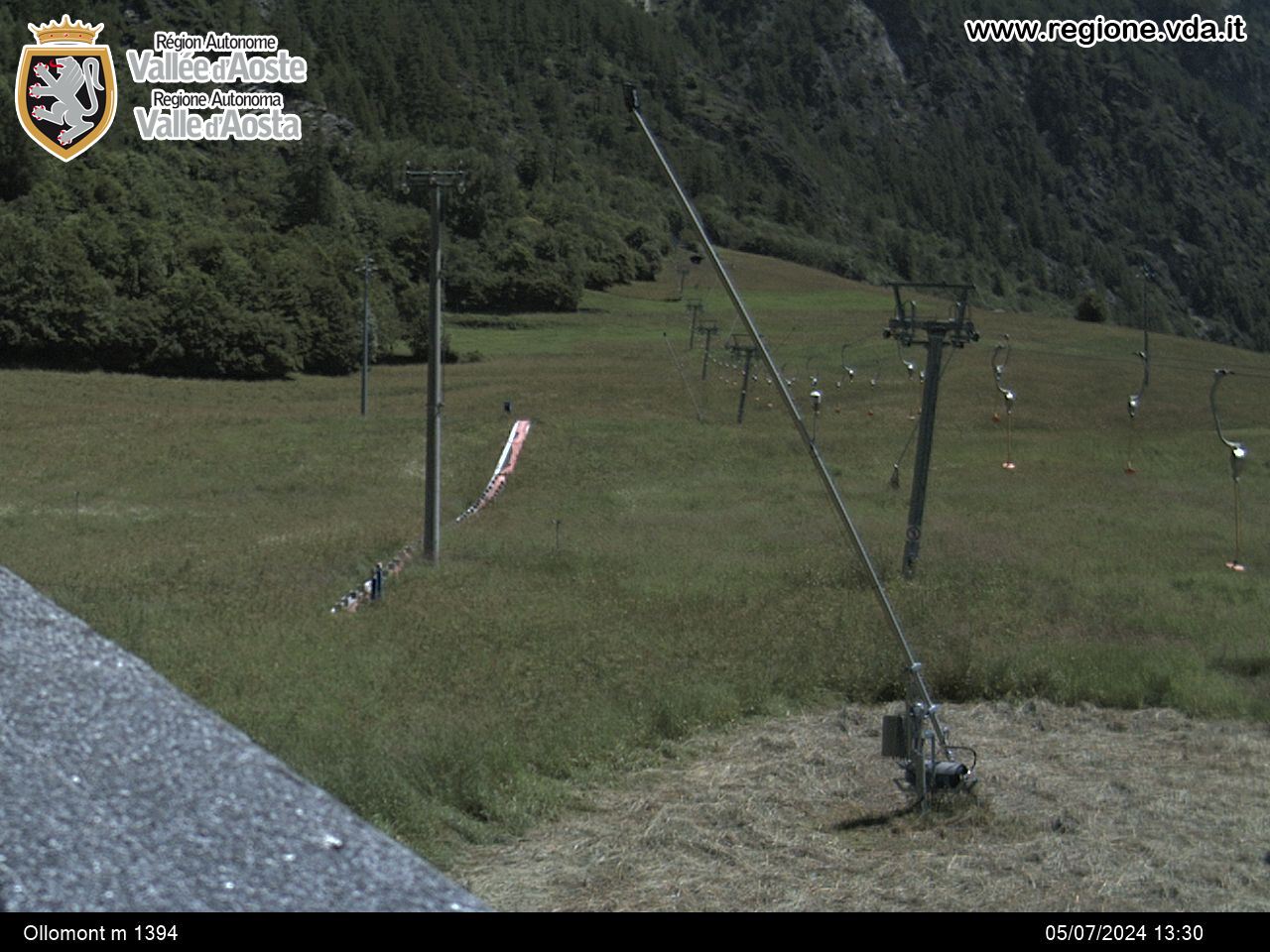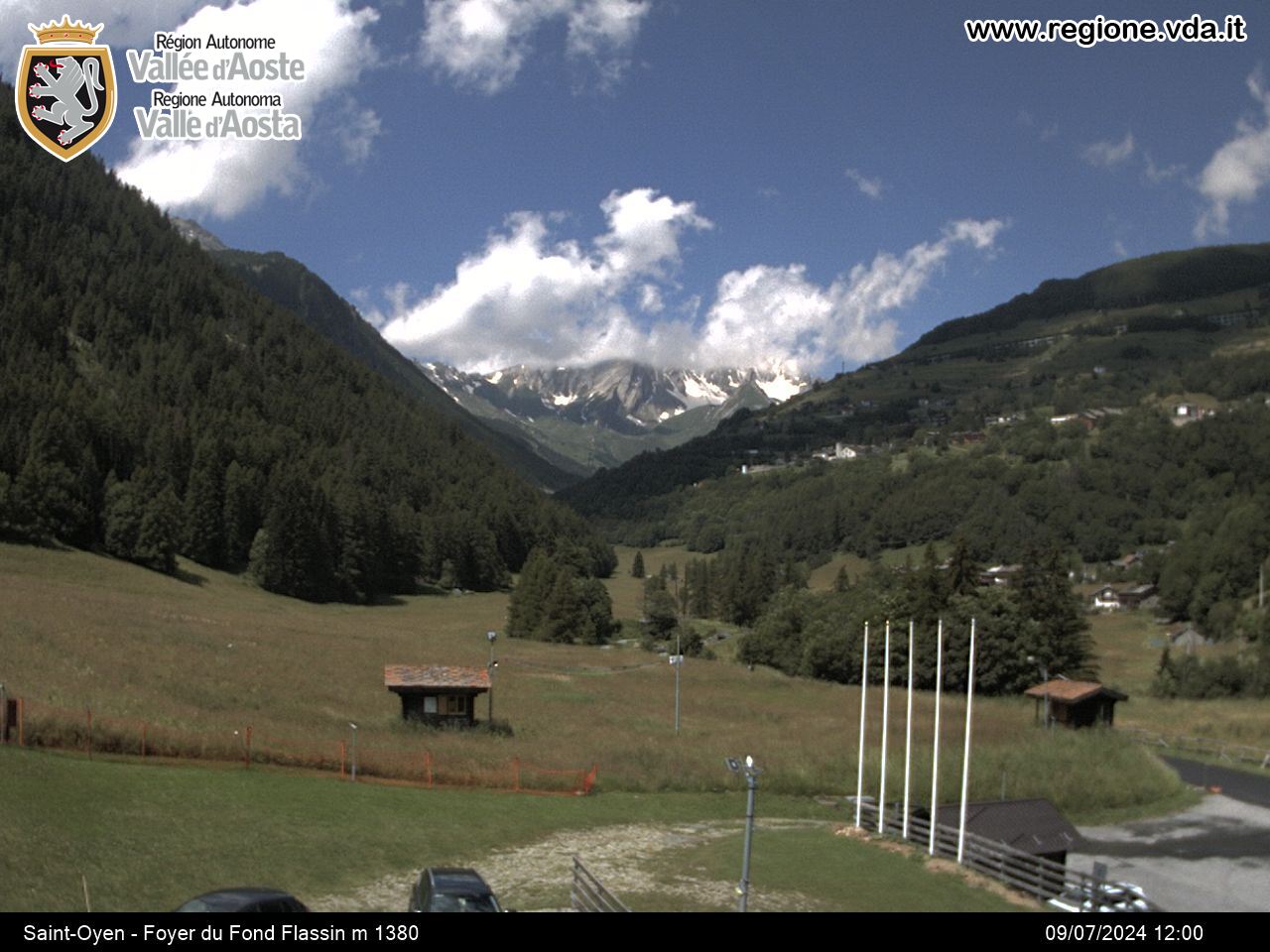Villages of Saint-Rhémy and Étroubles
The medieval villages of Etroubles and Saint-Rhemy are joined together on the Roman road that from the city of Aosta climbs up the mountainside of the Pennine Alps (Alpis Poenina), towards the Valais and northern Europe.
Like a “picket” on the path, the parish church’s belltower dominates these characteristic architectural complexes, village roads built following a main circulation axis, at the convergence of 2 rivers and in correspondence to the bridges.The secondary roads or axis reached the mills and forges.
The village homes show their beautiful facades which open onto great entrances, on the main road; the main doorways lead towards internal courtyards or towards long hallways, with indoor stairways that take to all the rooms of the great stone house that once had stables and haylofts.The date of construction and initials of the great builders are engraved on the architraves or forged onto wrought-iron gates.
In the past, these groups of homes had a so-called franchise that attributed the function of “marronniers” to the inhabitants (guides for the Great St. Bernard pass, in winter and in the summer) and were used as hospices, boundary walls, guarded by night watchmen and closed during the nights.
The Via Francigena, up until the Middle Ages the only connecting road between Italy and England, passes through Saint-Rhémy and Étroubles. In fact, it is the main road of these villages and was travelled on foot, horseback or mule in order to reach Rome from Gran San Bernardo Hill.









